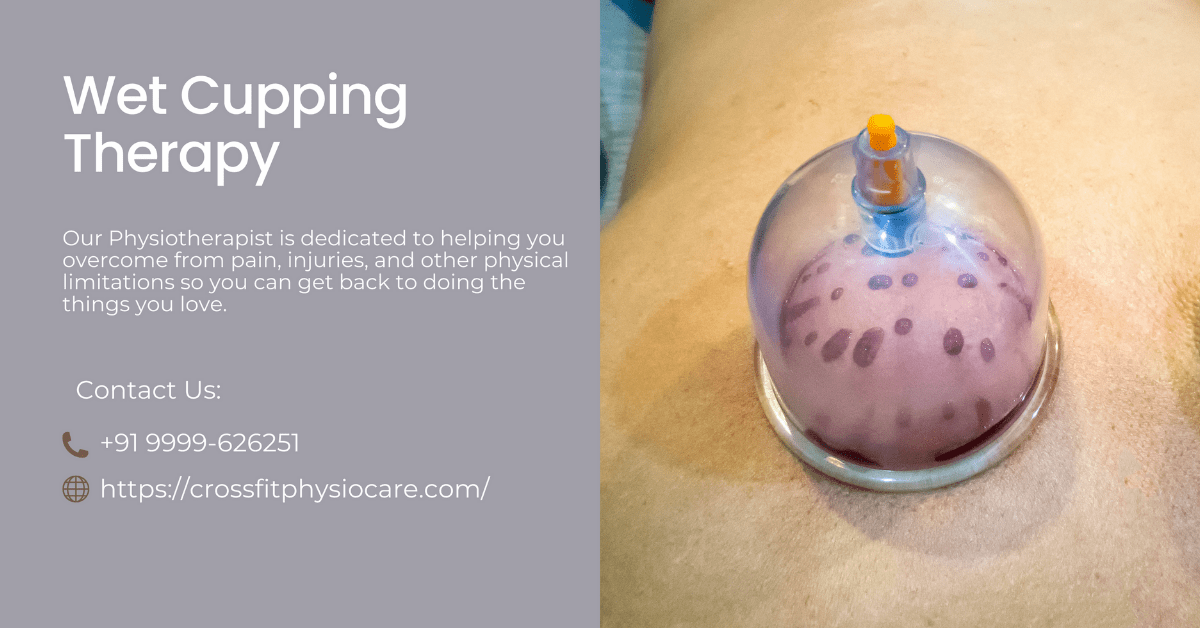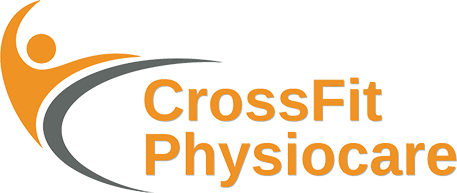
Wet Cupping Therapy
Wet cupping therapy, also known as “hijama,” is a traditional therapeutic technique that involves creating small incisions on the skin and then applying cups to create suction. Unlike dry cupping, wet cupping involves the intentional release of a small amount of blood during the procedure. This therapy is used in various cultures for the purpose of promoting blood circulation, removing harmful substances, and encouraging healing. It’s important to note that wet cupping is a more invasive procedure compared to dry cupping.
How Wet Cupping Therapy Works:
During a wet cupping session:
Cup Placement: Similar to dry cupping, cups are placed on the skin to create suction. The therapist may use different cupping techniques to achieve the desired suction.
Incisions: After the cups have been applied for a certain period, the therapist removes the cups and makes small, controlled incisions on the skin using a sterile blade or lancet. These incisions are usually superficial and cause minimal pain.
Second Cupping: The cups are then reapplied over the incisions to draw out a small amount of blood. The suction created by the cups helps facilitate the blood flow.
Cupping Time: The second cupping stage is usually shorter than the initial cupping, and the amount of blood drawn is limited.
Completion: Once the desired amount of blood has been released, the therapist removes the cups and provides post-procedure care for the incisions.
Aftercare: After the session, the therapist typically cleans the incision sites and may apply bandages or dressings.
Potential Benefits of Wet Cupping Therapy:
Blood Circulation: The suction and the release of a small amount of blood are believed by some to promote blood circulation to the treated areas.
Detoxification: Some practitioners and individuals believe that wet cupping helps remove toxins from the body.
Pain Relief: Wet cupping is sometimes used to alleviate localized pain and discomfort.
Healing Promotion: Advocates of wet cupping suggest that it supports the body’s natural healing processes.
Considerations and Cautions:
Invasiveness: Wet cupping involves creating incisions and releasing blood, making it more invasive than dry cupping.
Infection Risk: There is a risk of infection associated with any procedure that breaks the skin, so proper hygiene and sterilization procedures are crucial.
Professional Practitioner: Wet cupping should only be performed by qualified and experienced practitioners who adhere to sterile practices.
Health Precautions: If you have certain medical conditions, such as bleeding disorders, skin infections, or are taking blood-thinning medications, wet cupping may not be suitable for you.
Wet cupping is a procedure that requires careful consideration and consultation with a healthcare professional. If you’re interested in wet cupping therapy, seek the guidance of a qualified practitioner and discuss your health history and concerns before proceeding.
- Daani Plaza E-595-596, 4th Floor, Ramphal Chowk Rd, Block E, Sector 7 Dwarka, New Delhi - 110075
- +91 99996 26251
- support@crossfitphysiocare.com
How can we help you?
If you are looking for the best and nearest physiotherapist, then click below to message us on WhatsApp.
